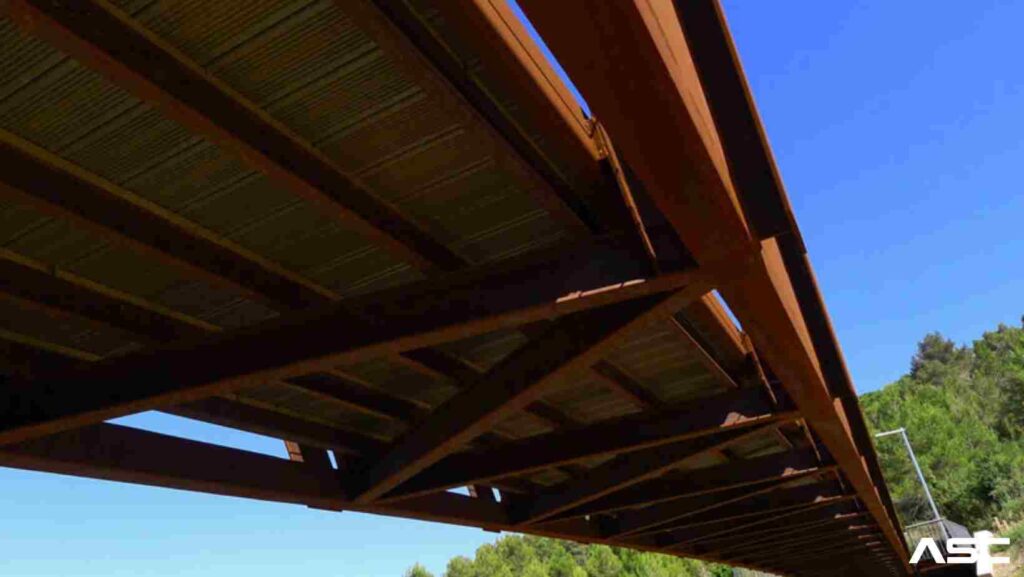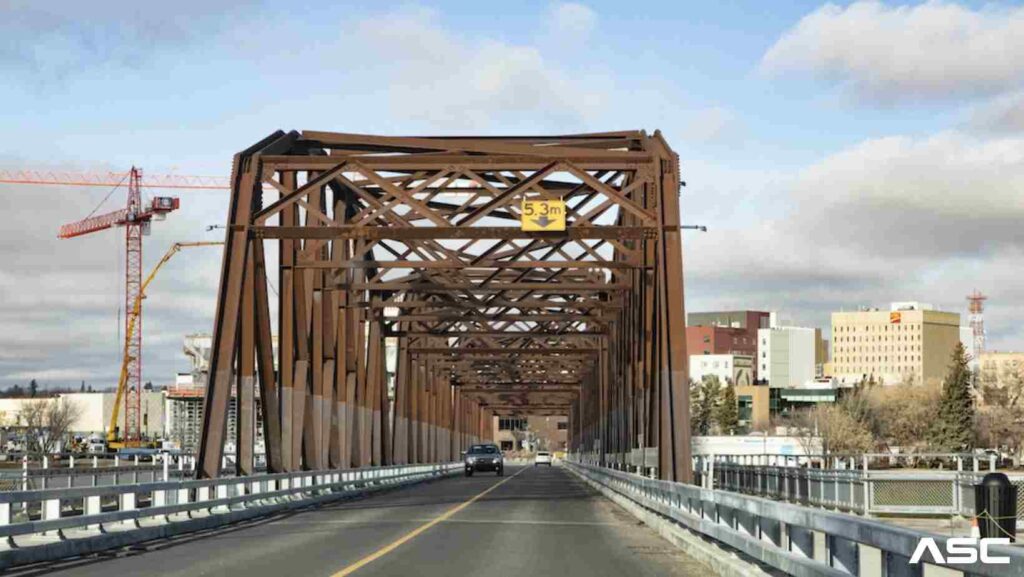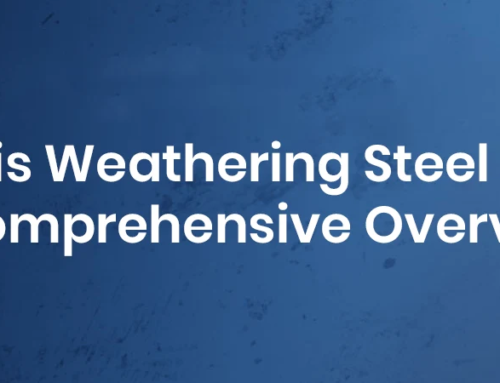The most common type of beam used in construction is corten steel. They are also known as girder beams or girder trusses. Medium-strength corten steel beams have a low coefficient of elasticity. Consequently, they deform easily and don’t flex well under load. The bending properties of corten steel beams are also poor. Due to their high strength, low modulus, and low elasticity characteristics, their moment resisting capacity and bending strength is low. Beams made of corten steel are also known as multi-girder beams or girder trusses. In this case, “1:1” means one girder or beam per truss member. An attached bridge constructed with trusses is known as a “1:1” connection. A truss’ central column is called its “core”. When two beams are used in a system, each beam must be able to separate from the other without collapsing or separating further. Due to internal primary stresses and/or external secondary stresses, this condition cannot be met, resulting in damage
Girder Beams

Girder beams are used to build structures for homes. Grider beams are structural systems used in bridges and other structures. Girder beams are sturdy support beams that are located on the foundation of a house. Be careful when using it, as damage to the beams will result in structural problems. You may have more than one girder in your home at any given time, so make sure you use them safely and securely. It is important to be able to handle the beams’ weight safely when using them. In the right direction and at the right angle. A girder beam is a sturdy support beam used to connect and support your home’s foundation, beams, floors, and walls. Girder beams: How do I install them? In order to install a girder beam, you must determine where it will be placed. By measuring from the floor to the ceiling, you can determine the height. A pipe-jack system with a submersible pump is necessary if you need to extend the beam more than 1/2″ (1.3 cm) from its original location. Your pipe-jacks should be parallel to one another and parallel to your home’s floor, but should not touch it at all.
In the construction of bridges and high-rise buildings, girder beams are used as structural members. Steel, aluminum, or concrete can be used to make them. When a girder is subjected to an action, it can either be ‘in-plane’ or ‘out-of-plane’. The latter is usually applied when the structure has hinges (also called slides) that allow the structure to move in one plane of space while the geometry allows it to move in another. An in-plane beam moves in one plane, while an out-of-plane beam moves in two planes. Therefore, girder beams are most commonly configured in-plane. In contrast, out-of-plane girder beams are usually required when extending a bridge deck or building wall.
Girder Trusses

In the construction industry, girder trusses are used. Skyscrapers and bridges have them on their roofs. A truss can also be used to connect two towers. Basically, a truss is a series of frameworks or pylons attached to a single girder. Girders are cross-shaped beams that bear the weight of a structure. In its simplest form, two beams are fastened together along their lengths and then linked together at their ends by trusses or other means so that the total length of the girder is equal to the sum of its lengths along their lengths.
An I-beam, for example, is composed of parallel beams A and B with ends C and D. A truss beam E spans between them at an angle to the center lines A and B. This design is called a “T” or a “T-beam” since the truss spans are called “T” points. A T-beam may also be constructed such that only one end spans (in which case the other end is called the “T-point”). A “L” or “L-beam” is what this is called. Girders can be replaced with T-beams.
Girder Trusses have a long, straight design. A top chord and a bottom chord are separated by diagonal webs and vertical webs. The top chords are always in compression, and the bottom chords are always in tension. The diagonal webs in the truss shown here are compressed while the vertical webs are tensed.
Buildings with timber girder trusses and steel joinery look great. Usually, girder trusses are used to support other structural elements in a frame, such as traditional trusses, rafters, or purlins. Because of this, girded trusses are extremely rigid and strong.
Shapes of Corten Steel - Beams and sections
Known for its distinctive rust-colored appearance and corrosion resistance, corten steel is a type of weathering steel. A variety of architectural applications use it, including outdoor sculptures and building facades.
Corten steel comes in a variety of shapes, including beams and sections. Corten steel beams and sections are commonly used for the following applications:
- H-Beams: Corten steel H-beams have an H-shaped cross-section and are often used in bridges, buildings, and infrastructure projects. Their durability and strength make them ideal for harsh weather conditions.
- Construction projects that require long spans or large heights often use Corten Steel I-Beams, which have an I-shaped cross-section. In addition to bridge construction, they are also used in heavy machinery construction.
- Corten Steel Channels: These C-shaped sections are commonly used in construction projects for their strength and durability. Doors and windows are often framed using them as supports for building structures.
- Corten Steel Angles: These are L-shaped sections that are commonly used for construction projects because of their strength and durability. Building structures and doors and windows are commonly supported by them.
As a result of their strength, durability, and unique appearance, Corten steel beams and sections are popular in construction projects. Their natural, organic appearance is enhanced by weathering and rust patina over time, making them ideal for outdoor applications.
Beams and sections are two different types of Corten Steel shapes
Corten steel is a type of weathering steel that has many advantages over other materials. Corten steel has some advantages when it comes to beams and sections:
- Corten steel is very durable and can last for decades without any maintenance. In harsh weather conditions, it is highly corrosion-resistant, making it ideal for outdoor use.
- Corten steel is a strong material that is resistant to warping and bending. It is therefore ideal for use in construction projects that require strength.
- Aesthetics: Corten steel has a distinctive rust-colored appearance that gives it a natural, organic appearance. Due to its unique aesthetic appeal, it is popular in architectural applications.
- While Corten steel can be more expensive than other materials, its durability and low maintenance requirements make it a cost-effective choice over the long term.
- Environmentally friendly: Corten steel is made from recycled materials and is a sustainable material. In addition to being environmentally friendly, it is also recyclable at the end of its lifespan.
Corten steel beams and sections offer durability, strength, aesthetic appeal, cost effectiveness, and environmental friendliness.
The advantages and disadvantages of different types of Corten Steel shapes
The use of Corten steel in construction projects has many advantages, but it also has some potential disadvantages:
- Compared with mild steel or aluminum, corten steel can be more expensive at first. Due to this, it may not be as appealing to budget-conscious architects and builders.
- Installation: Corten steel requires special installation techniques in order to ensure proper drainage and avoid water pooling on the surface. Ruststains and other problems can occur as a result of improper installation.
- Corten steel requires minimal maintenance, but it does need periodic cleaning to remove dirt and debris that build up over time. A failure to maintain the surface can result in accelerated corrosion and degradation of the material.
- Corten steel is often viewed as a benefit because of its distinctive rust color, however, it may be seen as a disadvantage by some. Material will continue to weather and change over time, which may not be desirable in all applications.
- It may be harder to find corten steel suppliers and fabricators who have experience working with this material because it is not as widely available as other materials.
It is important to note that while Corten steel beams and sections have some potential disadvantages, these can usually be mitigated through proper planning, installation, and maintenance. Certain applications may benefit from the unique aesthetics and durability of Corten steel.








Leave A Comment